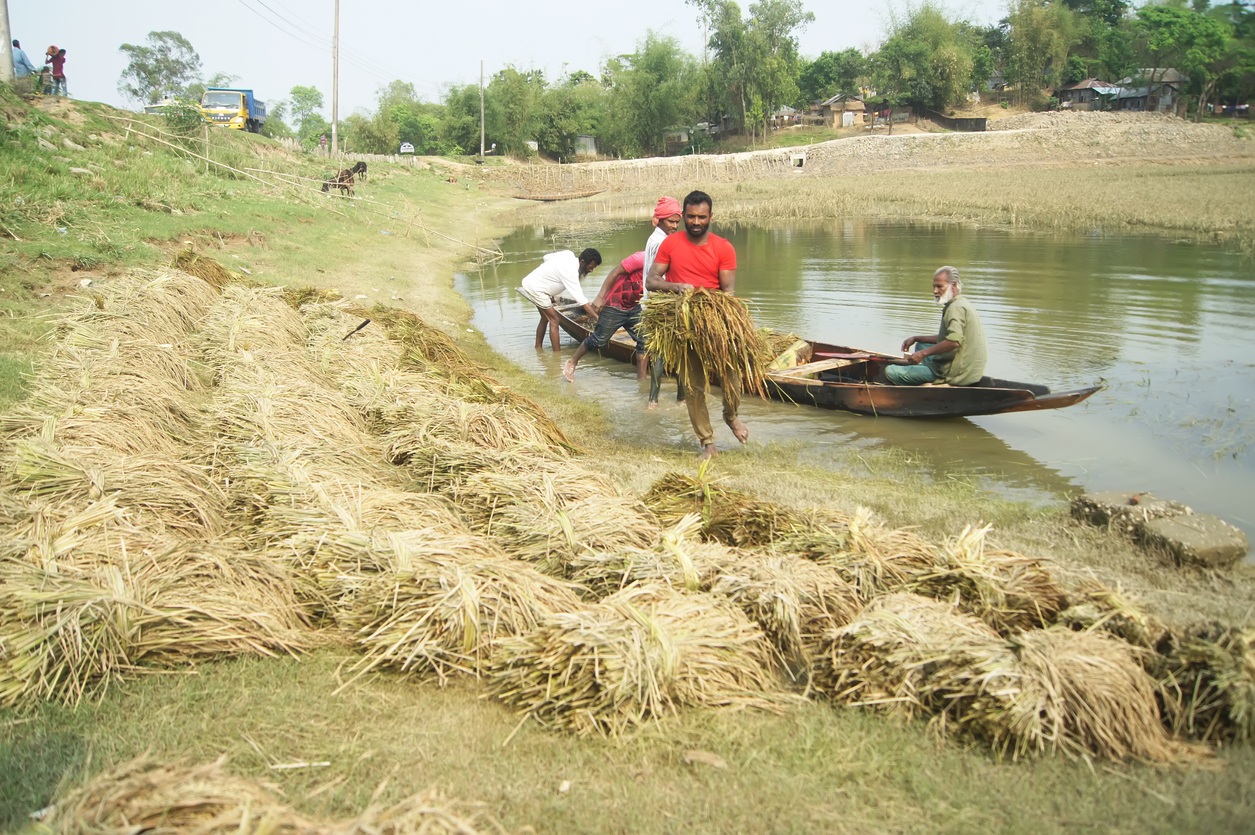India’s evolving consumption patterns reflect a significant transformation in the socio-economic landscape, with household spending on food falling below 50 per cent for the first time since 1947. This milestone, while indicative of progress, also presents a complex picture of the country’s development, revealing both opportunities and challenges. The reduction in food expenditure as a share of total household spending signals an increase in disposable income and a shift towards more diversified spending habits. This is particularly notable in both rural and urban areas, highlighting that economic growth has touched a broad spectrum of the population.
The rise in consumption expenditure across the board, especially in states like Sikkim, Tamil Nadu, and West Bengal, suggests that households are allocating more resources toward nonfood items, which can be seen as a positive indicator of rising living standards. As people spend less on basic necessities, they are able to invest in education, healthcare, and other services that contribute to their overall well-being. However, this shift also presents challenges, particularly for policymakers. The decline in spending on cereals, particularly among the bottom 20 per cent of households, underscores the impact of government food security programmes. While these programmes have successfully reduced the financial burden of purchasing basic food items, they also raise questions about the future direction of agricultural policy.
Advertisement
The traditional focus on cereal production, supported by policies like the Minimum Support Price (MSP), may need to be re-evaluated in light of changing consumption patterns. As the demand for cereals declines, there may be a need to diversify agricultural production to meet the evolving needs of the population and ensure that farmers remain supported. Another significant trend is the growing expenditure on processed and packaged foods, particularly among the top 20 per cent of households and in urban areas. This shift reflects the increasing importance of the food processing industry, which has become a major source of employment and economic growth.
However, it also raises concerns about public health. The rise in consumption of packaged foods, often high in preservatives, sugar, and unhealthy fats, could lead to long-term health issues such as obesity, diabetes, and heart disease. The government may need to consider regulatory measures to ensure that the nutritional content of these foods is monitored and that the public is educated about the potential risks of overconsumption. The decline in household spending on food in India marks a significant shift in the country’s economic and social landscape. While it signals progress and increased financial capacity for many households, it also presents challenges that require careful consideration by policymakers. The future of agricultural policy, the rise of the food processing industry, and the potential public health implications of changing consumption patterns are all issues that need to be addressed to ensure that this progress is sustainable and inclusive. As India continues to grow and develop, it is crucial that these trends are monitored and that policies are adapted to meet the changing needs of the population.
